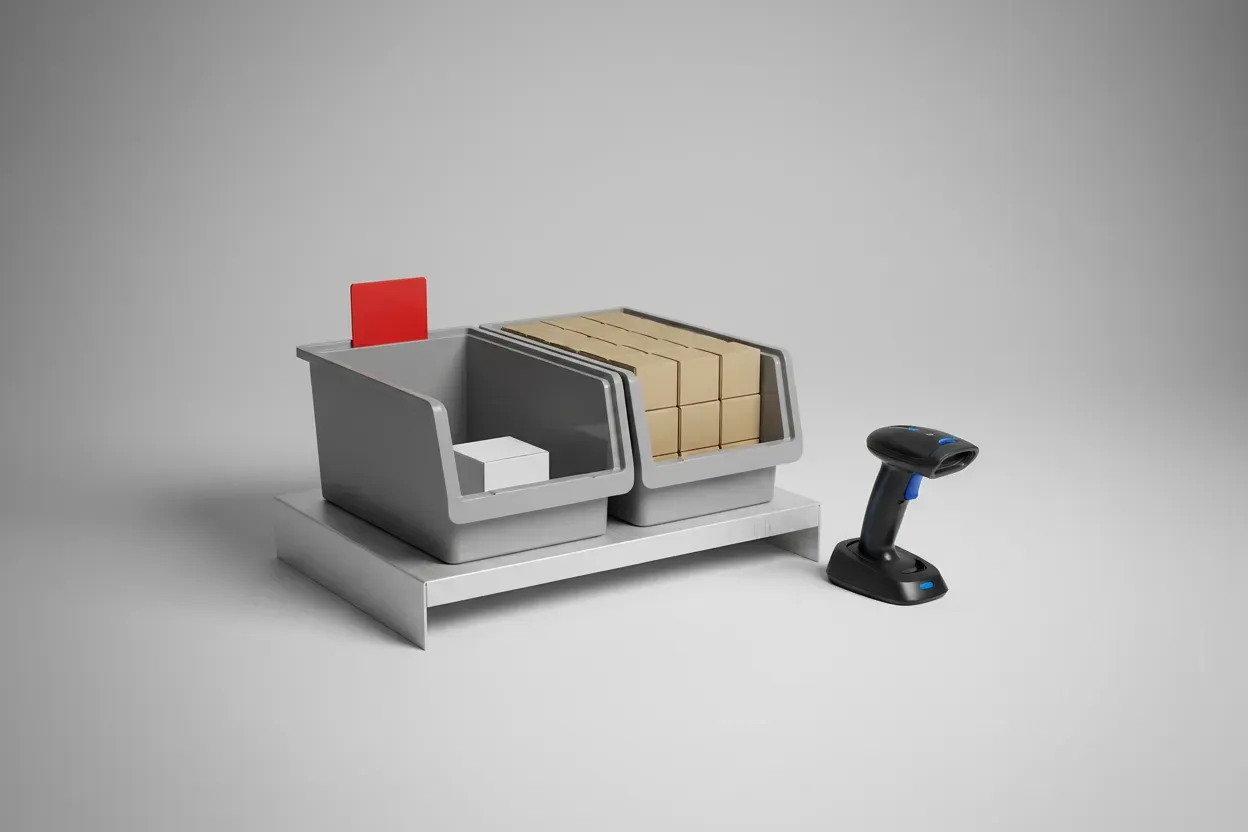How Do You Handle Financial Negotiations With Partners or Investors?
In the art of deal-making, CEOs and business development experts often have a treasure trove of strategies to secure the most favorable financial terms. From leveraging mutual benefits beyond money to offering long-term commitment for better terms, we’ve compiled the top nine negotiation tactics shared by seasoned professionals. Dive into the collective wisdom of these leaders and elevate your negotiation game.
- Leverage Mutual Benefits Beyond Money
- Utilize the Flinch Technique
- Propose Performance-Based Agreements
- Emphasize Mutual Growth and Share Risks
- Highlight Customer Satisfaction for Investor Trust
- Anchor Your Offer for Better Terms
- Showcase Successful Collaborations and Project Benefits
- Prepare with Comprehensive Market Knowledge
- Offer Long-Term Commitment for Better Terms
Leverage Mutual Benefits Beyond Money
As the owner of a marketing agency operating in the B2B tech sector, I’ve seen some of our best partnerships come from clients. We’ve provided marketing strategy support, maybe built a website, or written some content, and in turn, we’ve benefited from a client’s services. That might be data management or even environmental tech support.
Ecologi was a client of ours, but we also use their platform to plant trees and offset our carbon footprint. I was even invited to take part in a video for them. It’s a mutually beneficial arrangement.
So, I suggest finding that trade-off where—beyond money—you can help one another achieve your goals. Not only can this be financially rewarding, but it’s also a great way to truly establish a long-lasting, friendly network with like-minded organizations.
 Matthew Stibbe
Matthew Stibbe
CEO, Articulate Marketing
Utilize the Flinch Technique
One negotiation tactic that has worked well for Startup House is the “flinch” technique. When discussing financial terms with potential clients or investors, we always make a point to react with slight hesitation or surprise when presented with their initial offer. This subtle reaction often prompts the other party to reconsider their terms and come back with a more favorable offer.
By using this tactic, we have been able to secure better financial terms for our business without having to compromise on our value or services. Remember, sometimes a little hesitation can go a long way in negotiations.
 Alex Stasiak
Alex Stasiak
CEO & Founder, Startup House
Propose Performance-Based Agreements
In negotiations with technology vendors, explore performance-based agreements. Align payment structures with the successful implementation of technology solutions, ensuring financial investment is tied to the achievement of desired outcomes.
 Mohammed Kamal
Mohammed Kamal
Business Development Manager, Olavivo
Emphasize Mutual Growth and Share Risks
Certainly. One particularly effective tactic—always enter negotiations with a clear understanding of your value and the other party’s pressures. In a recent high-stakes deal, I emphasized the long-term partnership potential rather than the immediate transaction value. I painted a picture of mutual growth, and it changed the dynamic.
We also split the difference on a critical cost point but tied it to performance metrics. It showed a willingness to share risk and built trust. The result? We secured rates 15% below the initial offer and fostered a deal environment where both parties felt invested in the outcome—a true win-win.
 Casey Jones
Casey Jones
Founder, Head of Marketing, CJ&CO
Highlight Customer Satisfaction for Investor Trust
One strategic negotiation move that significantly benefited our tech firm financially was exploiting our track record in meeting customer satisfaction. We highlighted the impact of our well-established customer relationships and how they led to repeat business, strengthening our bottom line.
By showing tangible proof of customer testimonials and success stories, we demonstrated to our investors the reliability and profitability of investing in us. This not only led to favorable financial terms but also strengthened investor trust in us.
 Abid Salahi
Abid Salahi
Co-Founder & CEO, FinlyWealth
Anchor Your Offer for Better Terms
One negotiation tactic that has consistently led to favorable financial terms for our business is the principle of “anchoring.” During a negotiation with a new paper supplier, I presented an offer that was intentionally lower than what we were willing to pay.
By setting this “anchor,” any counteroffers were influenced from this starting point, rather than from a higher initial figure. I emphasized the potential for a long-term partnership and the volume of business we could bring to them, which not only helped in securing a lower price but also established a foundation for a strong working relationship.
This approach not only demonstrates our value as a client but also aligns with our strategy of cost management without compromising on quality.
 Rick Elmore
Rick Elmore
CEO, Simply Noted
Showcase Successful Collaborations and Project Benefits
When negotiating a contract renewal, I focused on showcasing the long-term value our business brings.
By highlighting successful past collaborations and projecting future benefits, we successfully negotiated more favorable terms, emphasizing the overall positive impact on our client’s bottom line. I presented a compelling vision of future partnership opportunities, outlining how our continued collaboration would lead to tremendous success and mutual growth. Painting a clear picture of the long-term benefits and positive impact our services have on our client’s operations and bottom line, we were able to negotiate more favorable terms.
This approach solidified our position as a trusted partner and underscored our commitment to delivering ongoing value, fostering a relationship built on mutual success. Ultimately, our ability to align our offerings with the client’s strategic objectives ensured a mutually beneficial outcome for both parties involved.
 Brian Staver
Brian Staver
CEO, Net Pay Advance
Prepare with Comprehensive Market Knowledge
One effective negotiation tactic I’ve employed at JetLevel Aviation involves always being prepared with comprehensive market knowledge. Before any negotiation, I ensure I have detailed insights into current market rates, availability, and alternatives.
This preparation was pivotal in a negotiation with an operator, where, by presenting data on competitor pricing and availability, I successfully secured a significantly lower rate for a long-term partnership. This not only resulted in favorable financial terms but also reinforced the importance of homework and leveraging market intelligence to drive negotiations.
 Fahd Khan
Fahd Khan
Director of Marketing & Technology, JetLevel Aviation
Offer Long-Term Commitment for Better Terms
One effective tactic is offering long-term partnership value in exchange for better terms. For DasFlow, we negotiated lower material costs with a supplier by committing to a multi-year purchasing agreement. This not only secured us favorable pricing but also ensured a stable supply chain, demonstrating how mutual commitment can lead to beneficial outcomes for both parties.
 Nicolas Krauss
Nicolas Krauss
Founder and CEO, dasFlow Custom Sublimation Apparel
Submit Your Answer
Would you like to submit an alternate answer to the question, “Can you share a negotiation tactic or experience that led to favorable financial terms for your business?”






































